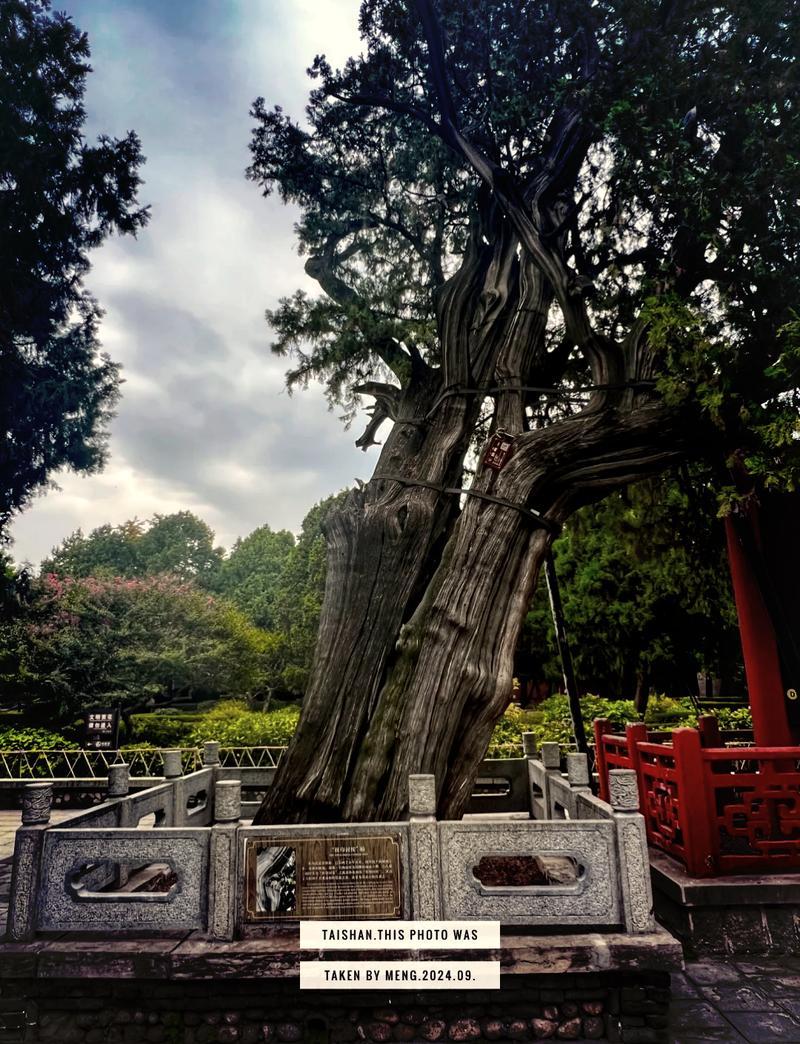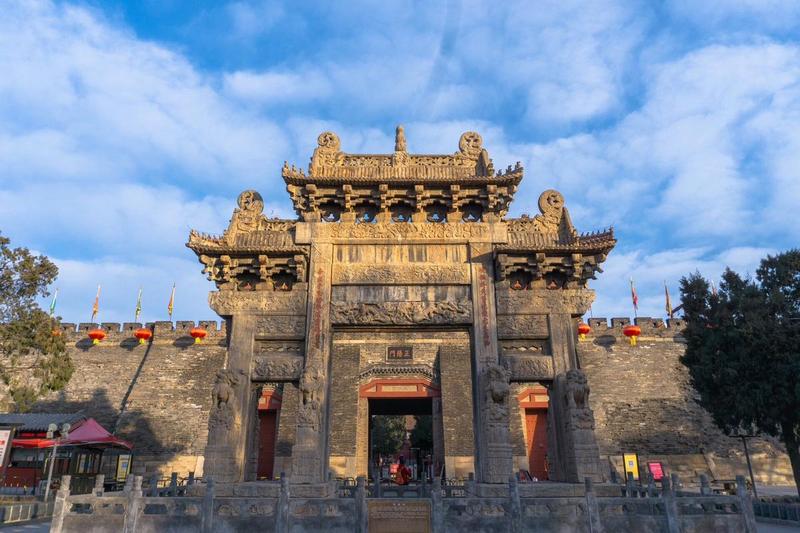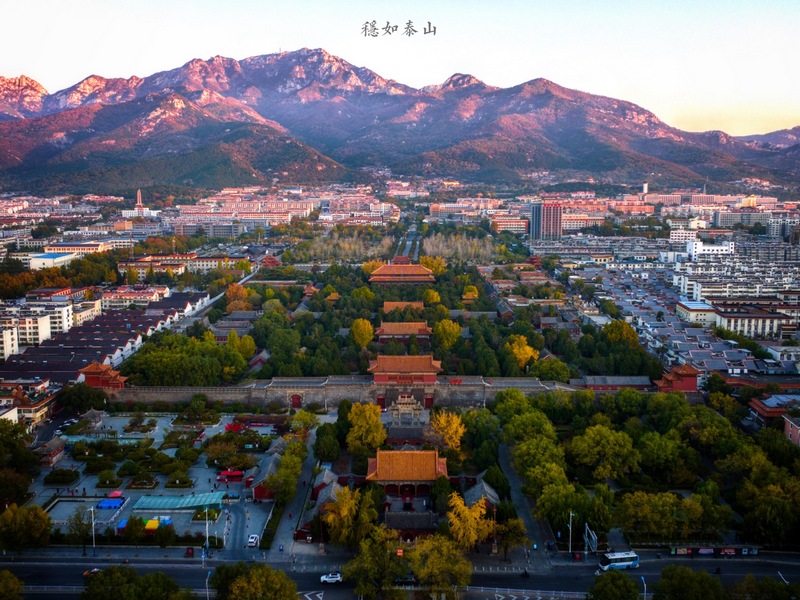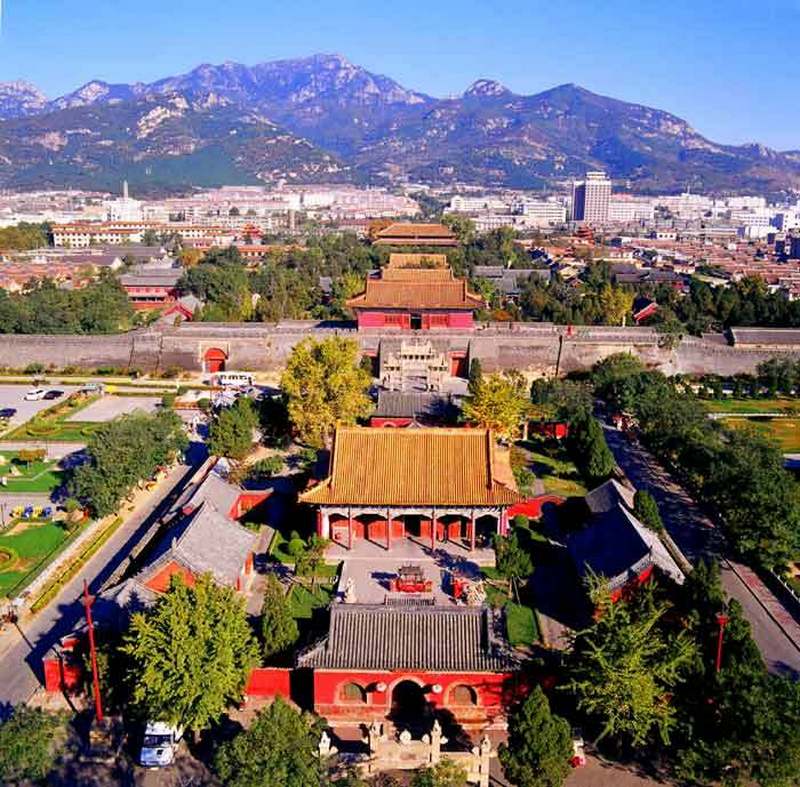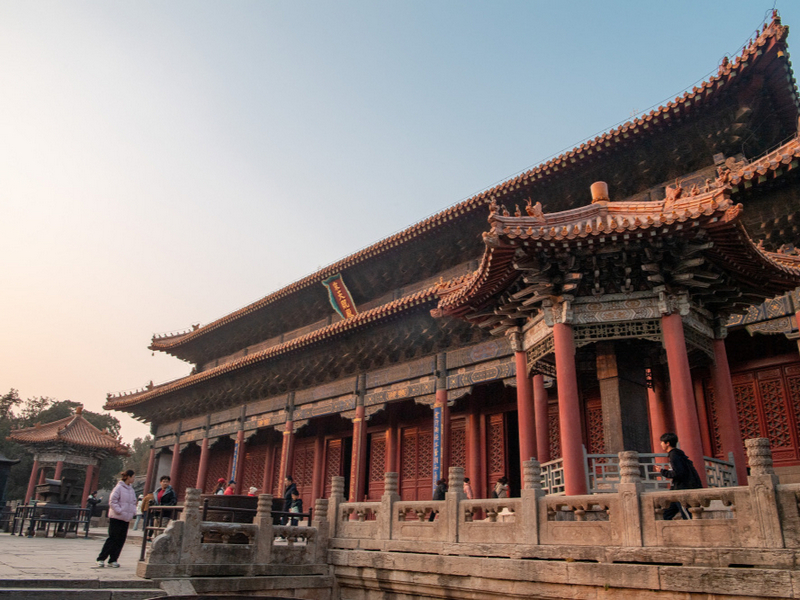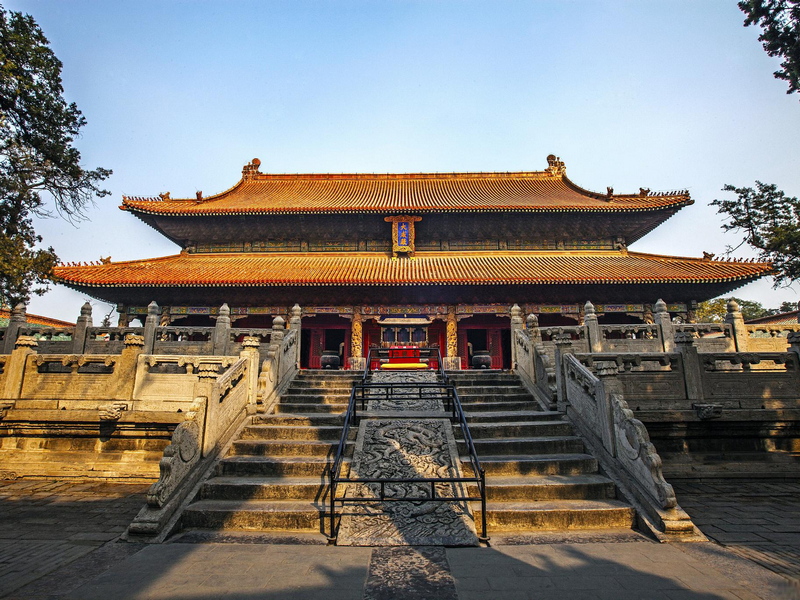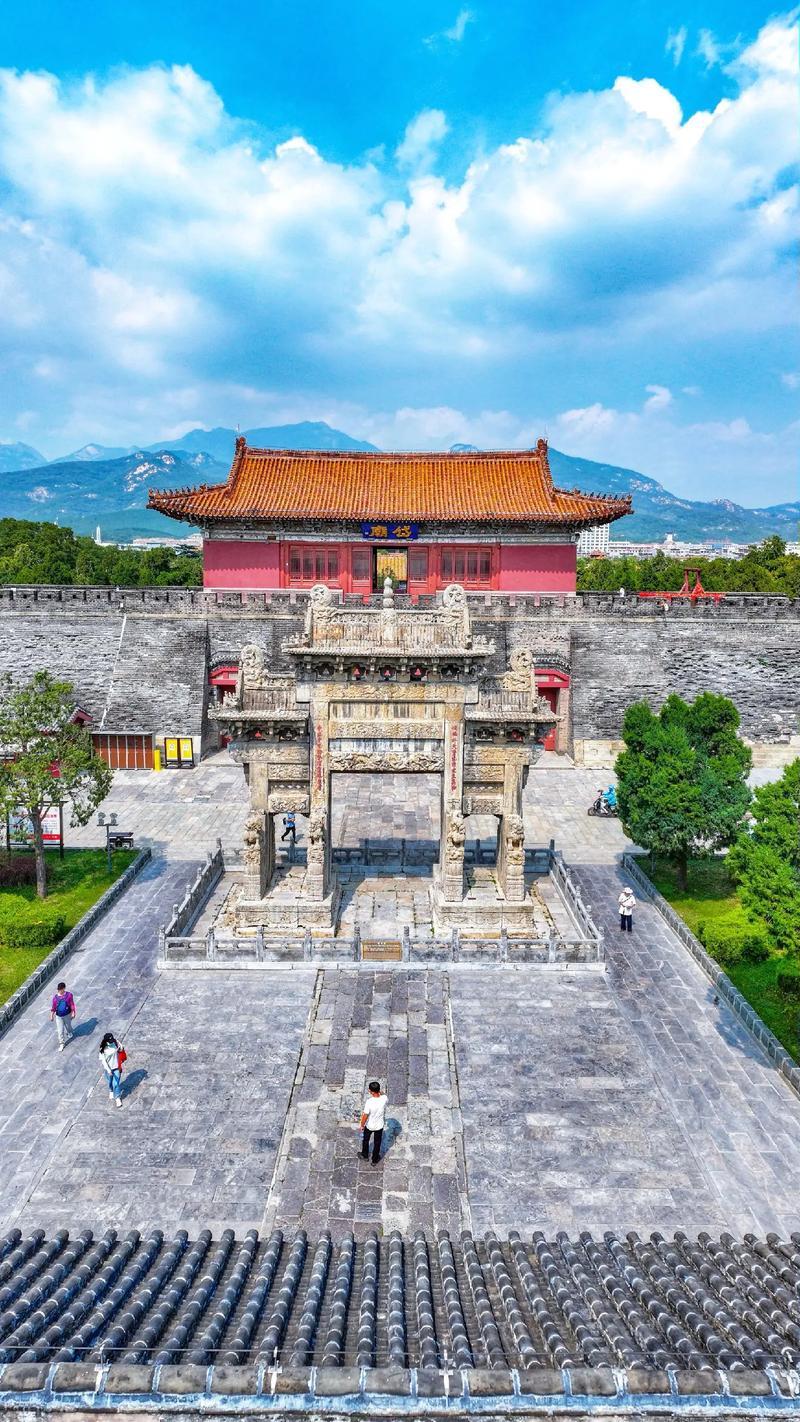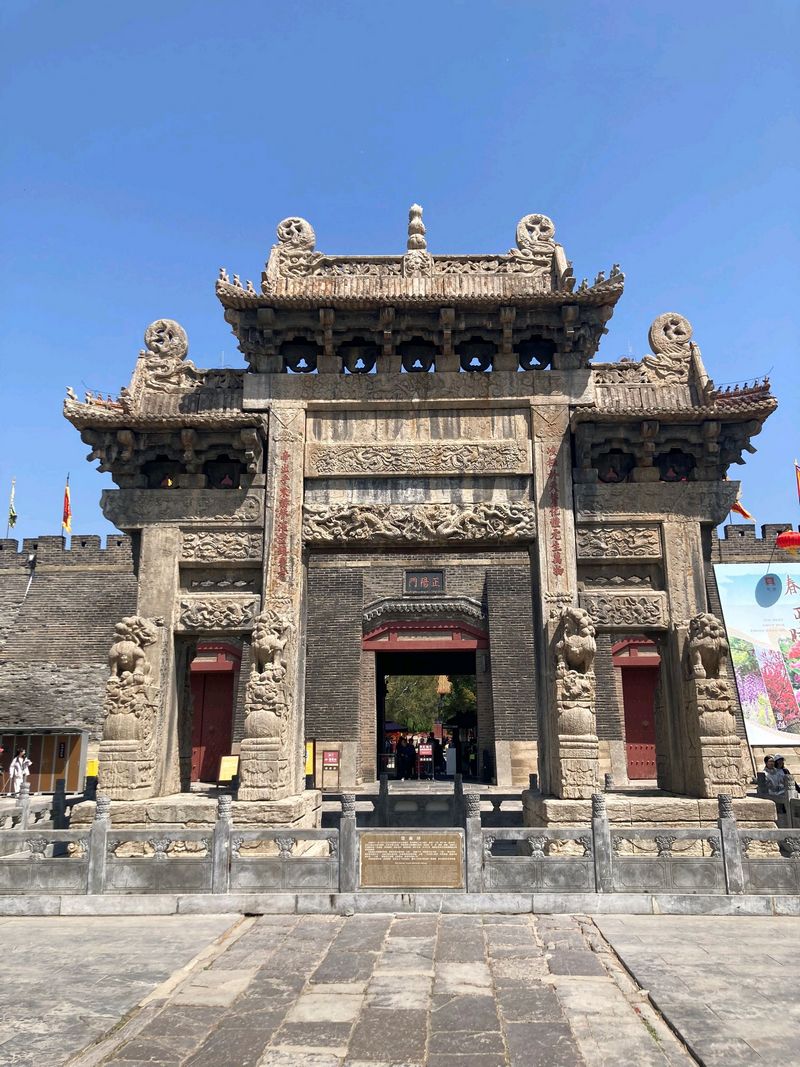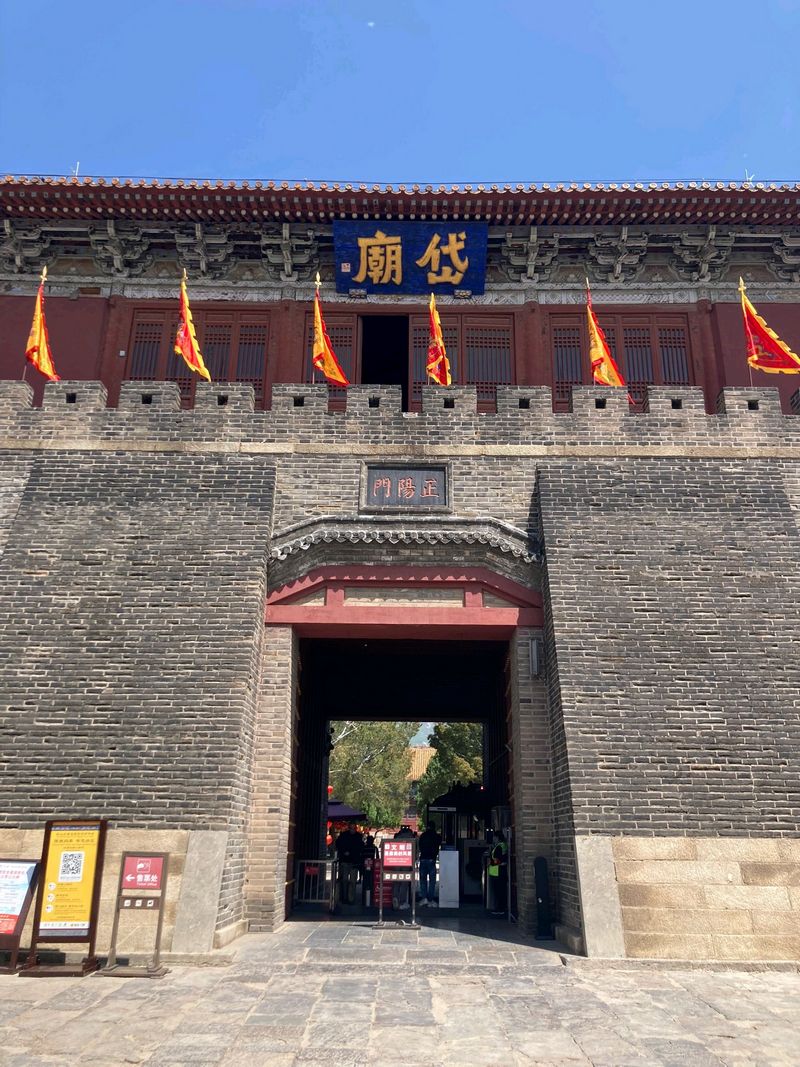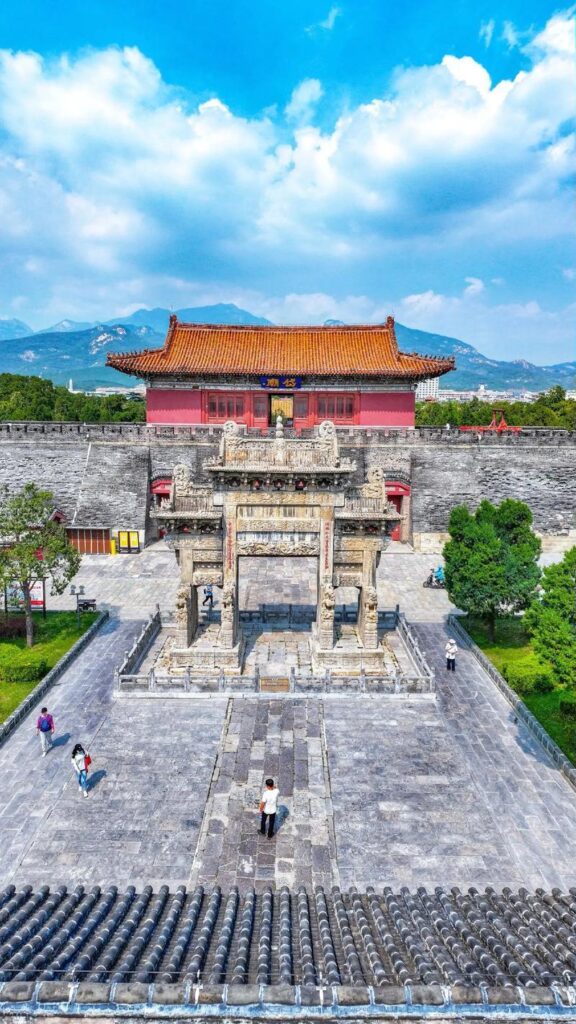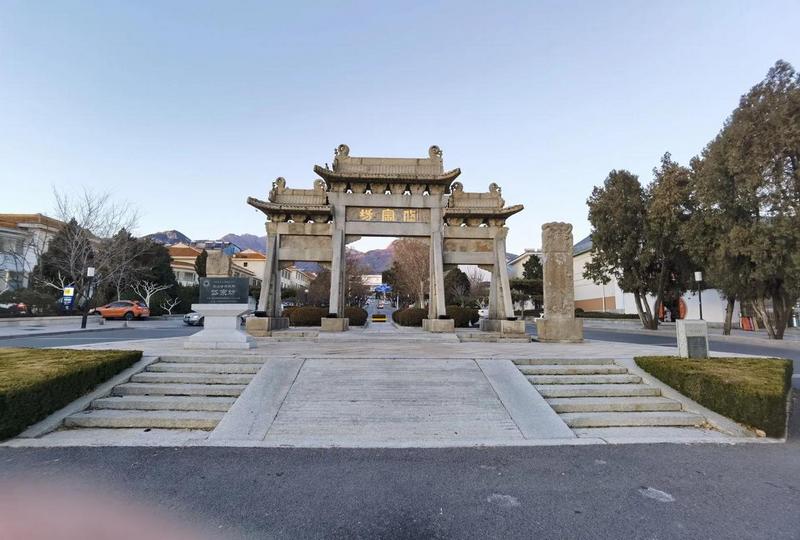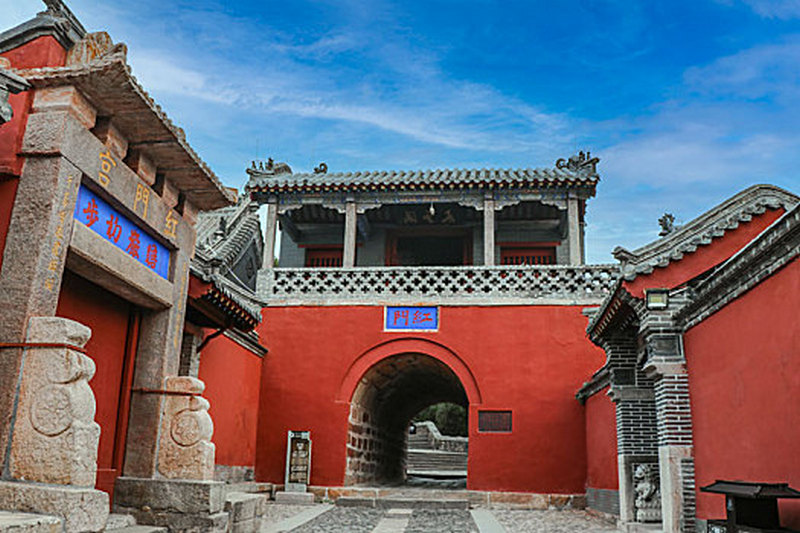Dai Temple: The Sacred Gateway to Mount Tai’s Imperial Legacy
Perched at the foot of China’s most revered mountain, Dai Temple (Dai Miao) stands as a monumental testament to ancient Chinese cosmology and imperial power. For over 2 millennia, emperors knelt here to commune with heaven before ascending Mount Tai – a UNESCO World Heritage Site and one of China’s Five Sacred Taoist Mountains.
Why Dai Temple Captivates Global Travelers
1. Imperial Time Capsule
Walk through the same courtyards where 72 Chinese emperors, from Qin Shi Huang to Qianlong, performed sacred Fengshan ceremonies. The 960-meter central axis mirrors the Forbidden City’s layout, symbolizing the emperor’s divine connection.
2. Architectural Marvels
-
Heavenly Blessing Hall (Tian Kuang Dian):
Admire China’s third-largest palace structure, housing a 12th-century Song Dynasty mural depicting the God of Mount Tai’s celestial inspection. -
Han Dynasty Cypress:
Touch the 2,100-year-old tree planted by Emperor Wu Di – older than Rome’s Colosseum. -
Stone Tablet Forest:
Decipher 200+ ancient steles inscribed with poetry by emperors and scholars across dynasties.
3. Living Cultural Tapestry
-
Spring Festival Temple Fair (January/February):
Join dragon dances and traditional opera under red lanterns during China’s biggest mountain-side celebration. -
Taoist Morning Drum Ritual:
Experience dawn ceremonies where rhythmic drums echo practices unchanged since the Ming Dynasty.
4. Strategic Travel Hub
As the starting point of Mount Tai’s 7,200-step pilgrimage route, Dai Temple offers:
-
10-min walk to Red Gate hiking trail
-
Direct shuttle buses to Mid-Heaven Gate cable car
-
Night illumination creating mystical photo backdrops
Visitor Essentials
📍 Location: Central Tai’an City, Shandong (1hr from Jinan by high-speed rail)
⏰ Hours: 8:00 AM – 5:30 PM (extended in summer)
🎟 Tickets: CNY 20 (Combined Mount Tai pass available)
💡 Pro Tip: Hire a guide to decode symbolic carvings – lotus patterns represent purity, while dragon motifs guard against evil.
Why This Matters to You
Dai Temple isn’t just a museum – it’s where China’s philosophical trinity of Confucianism, Taoism, and imperial ideology physically converges. Unlike the crowded Great Wall, here you’ll find:
-
90% fewer international tourists
-
Authentic local tea houses in temple corridors
-
Seasonal cherry blossoms (April) & golden ginkgo carpets (November)
Ready to walk the path of emperors?
Your journey through China’s spiritual heartland begins at Dai Miao.
